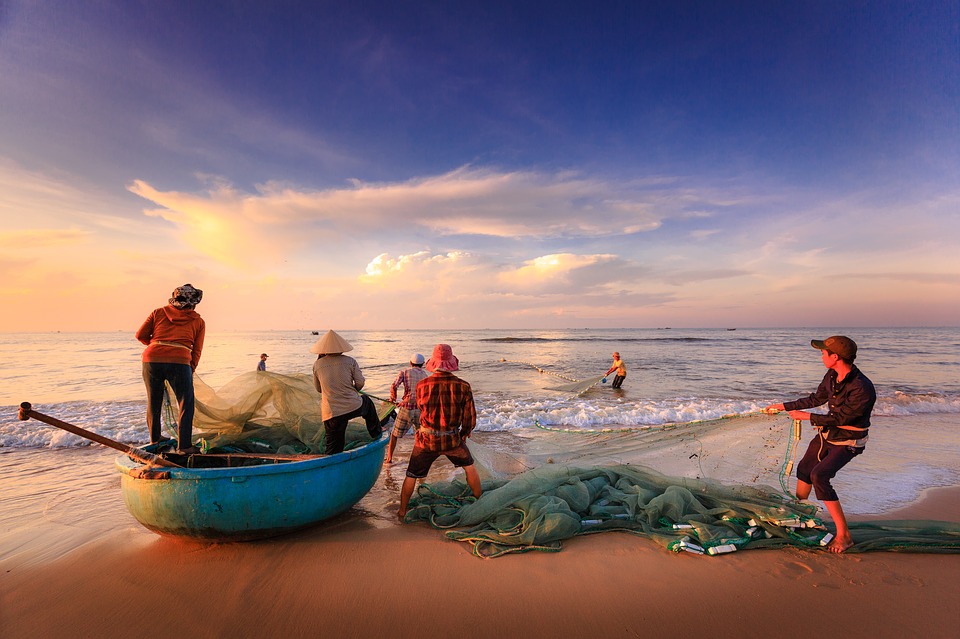Note that your final mark will not be saved in the system.
3.6.1.3 Sustainability of food GapFill
You must fill all the gaps before clicking ‘Check Answers!’

Sustainability of food concerns scientists, governments and ecologists all around the world. Many factors, such as change and growing , may affect food availability in the future.
For centuries, climate change was caused by variations in Earth’s orbit and in solar activity, which then determined the amount of warmth the planet received from the sun. Greenhouse gases (such as carbon dioxide) create a coat around Earth’s atmosphere which traps the warmth. Therefore, Earth’s surface and the air around it are warming up. This leads to the disappearance of land and whole countries under water, significantly reducing the area of land which can be used for planting or grazing farm animals. They can cause food shortages and famine by causing crop failure (due to both drought and flood). They change the pattern of the , which can affect plants’ life cycles and also lead to crop failure.
Land is used to rear animals and grow plants in order to produce meat, milk, eggs, oils, fruit and vegetables, grains and animal feed. Research shows that the -vegetarian diet is the most efficient in terms of land, water and fossil energy use. To produce food for a vegetarian, less than 0.4 ha of land is needed, while over 0.5 ha of land is needed to produce and products eaten in a conventional diet. The area includes land used directly to grow plants, vegetables and fruit to feed the people and the area used to grow animal feed.
Although slavery was banned in 1833, modern societies tend to overexploit their resources – including labour – in order to produce more goods and create a bigger profit. Fairtrade is, therefore, a way of stopping modern slavery. It has the following benefits: fair prices and for producers and farmers, decent working conditions (such as working hours, breaks and tools), ends child and forced labour, empowers local farmers, their families and communities – having more money allows them to make choices about their lives and send their children to school, enables local growth and .